Chemistry > DISCUSSION POST > CHEM120 Week 3 Virtual Lab: Stoichiometric Calculations Part I and Part II – Download To Score An (All)
CHEM120 Week 3 Virtual Lab: Stoichiometric Calculations Part I and Part II – Download To Score An A+
Document Content and Description Below
CHEM120 Week 3 Virtual Lab: Stoichiometric Calculations Part I and Part II – Download To Score An A+ OL Lab 5: Stoichiometric calculations Identify an unknown compound using gravimetric analysis ... Learning Objectives: • Explain the relationship between mass, molecular weight, and numbers of atoms or molecules and perform calculations deriving these quantities from one another • Perform mass-to-mass stoichiometric calculations via conversions to moles • Identify the limiting and excess reagents in a chemical reaction • Calculate the theoretical, actual and percent reaction yield • Define Avogadro’s number and describe the mole quantification of matter Introduction: Did you know that there are more water molecules in a glass of water than there are sand grains in the Sahara desert? In this simulation you will learn about the relationship between mass, molecular weight and the number of atoms or molecules. You will understand the magnitude and importance of Avogadro’s number. Identify an unknown compound In order to identify a compound where the label has been partly destroyed, you will apply the technique of gravimetric analysis. To do so, you must first learn to understand the relationship between mass, moles and molecular weights and how to perform stoichiometric calculations from mass to mass via conversions to moles. Stoichiometric calculations with moles You will perform a realistic gravimetric analysis with detailed instructions on what to do and why to do it in every step of the experiment. From balancing the equation to recognizing the stoichiometry of the reactants and finding out which equation to employ in the calculations you will identify of an unidentified compound. What compound is it? At the end of the simulation, you will have finalized all of the stoichiometric calculations and the answer to the question should be clear… Can you see what compound it is? Part 1: Complete the Labster lab: Stoichiometric calculations: Identify an unknown compound using gravimetric analysis Part 2: Report and Reflection Purpose: Describe in complete sentences and in your own words, the purpose of this experiment. The purpose of this experiment was to understand the relationship between mass, moles, and molecular weights to apply it to the technique of the gravimetric analysis. Furthermore, another purpose of this experiment was to learn how to perform stoichiometric calculations. Observations: Record three observations from the simulation. 1. The chemical jar was standing on the shelf of alkaline earth metal compounds, and the label still reads “chlorine.” All the compounds have the general formula XCl2. 2. After ruling out strontium, barium, and radium. There are three possible compounds left which are BeCl2, MgCl2, and CaCl2. 3. In the gravimetric analysis, we had to participate the ions we are analyzing for as an insoluble salt so that we can weigh them. Answer the questions below 1. How do you convert between grams and moles of a specific molecule? Give a specific example to illustrate. When converting from grams to moles you divide the grams (mass) by the molar mass. 6.72 g NH3 x (1 mol NH3/17 g NH3) = 0.395294118 or 0.40 2. How do you convert between moles of one substance and moles another substance? Need to use the mole-to-mole ratio. 3. Balance the following chemical equation: Na2CO3(aq) + CaCl2(aq) → CaCO3(s) + 2NaCl(aq) 4. Use the balanced chemical equation from the last question to solve this situation: You combine 0.5 grams of Na2CO3 with excess CaCl2. How many grams of NaCl would you expect this reaction to produce? Show all work below. o Molar mass of Na2CO3= 108.9889 ▪ Na= 2(22.9898) = 48.9796 ▪ C= 12.0111 ▪ O= 3(15.9994) = 47.9982 Number of moles of Na2CO3 = 0.5g x (1 mol Na2CO3/108.9889) = 0.004587623 or 0.005 mol. Since 1 mol of Na2CO3 produces 2 moles of NaCl, 0.004587623 mol of Na2CO3 produces (2 x 0.004587623 mol) = 0.009175246 mol NaCl Molar mass of NaCl = (1 x 22.9898) + (1 x 35.453) = 58.4428 g Number of g NaCl produced = 0.009175246 mol x (58.4428 g/1 mol NaCl)= 0.536227067g 5. Review the objectives of this lab and reflect on four key concepts that you learned in this lab exercise. As part of your reflection, describe the process of using a balanced chemical equation to convert from grams of one chemical substance to grams of another chemical substance that appears in the chemical equation. Be specific in your answer (this should require 10-14 sentences). 1. In a gravimetric analysis you determine the amount of an analyte based on mass. 2. Regular tap water contains many different ions from the minerals which are naturally contained. This has to deal with the real world because the regular tap water that we drink contains many different ions from the minerals which are naturally contained in it and this is good to know so that we know what we are drinking. 3. The number of moles of AgCl formed is the same as the number of moles of AgNo3 consumed. Grading Rubric: Activity Deliverable Points Labster Lab Complete simulation and answer all questions 8 Document Submission Complete lab report and answer questions • Observation (3 points) • Purpose (1 point) • Questions (4 points) • Reflection (2 points) 10 Total Complete all lab activities 18 [Show More]
Last updated: 3 weeks ago
Preview 1 out of 4 pages
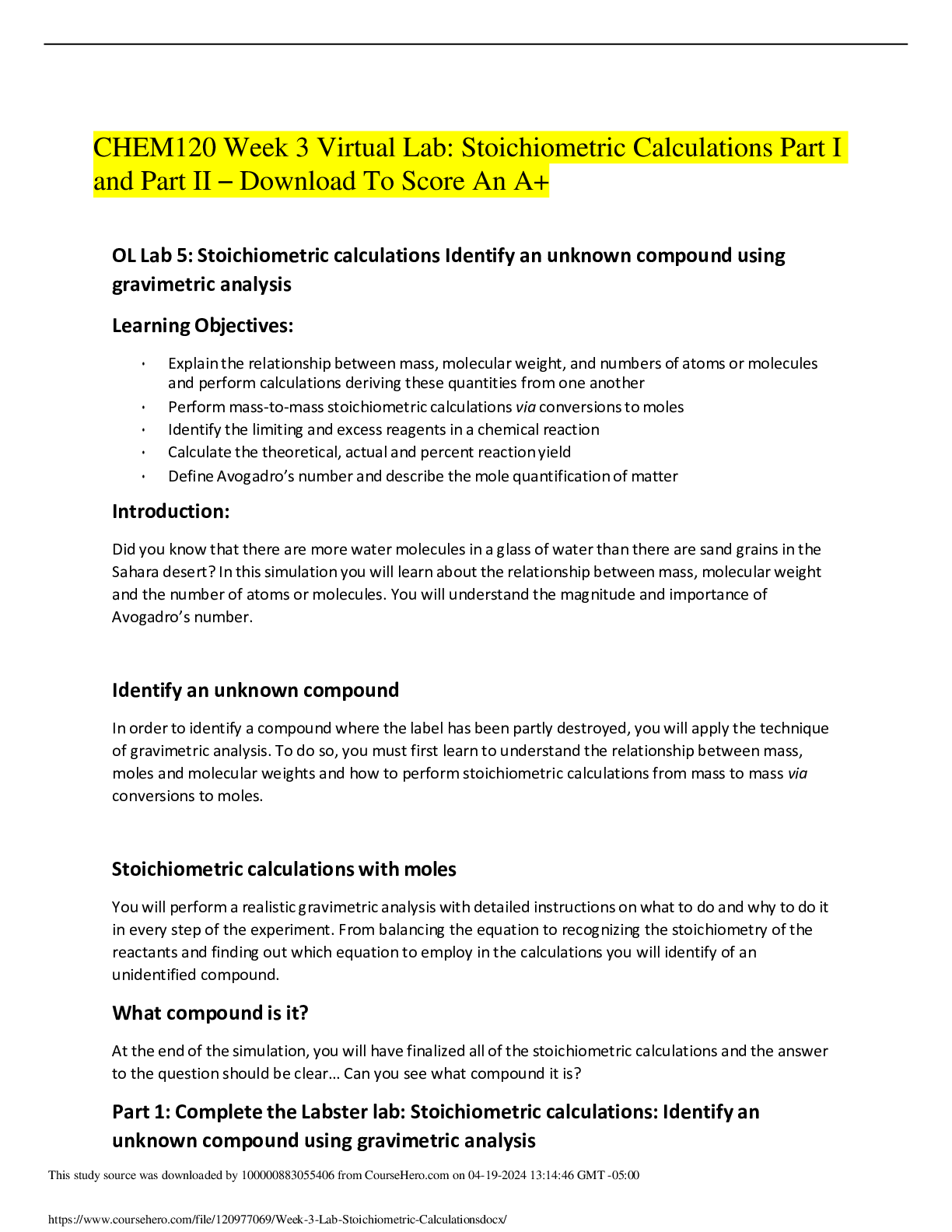
Reviews( 0 )
Document information
Connected school, study & course
About the document
Uploaded On
Apr 19, 2024
Number of pages
4
Written in
Additional information
This document has been written for:
Uploaded
Apr 19, 2024
Downloads
0
Views
8


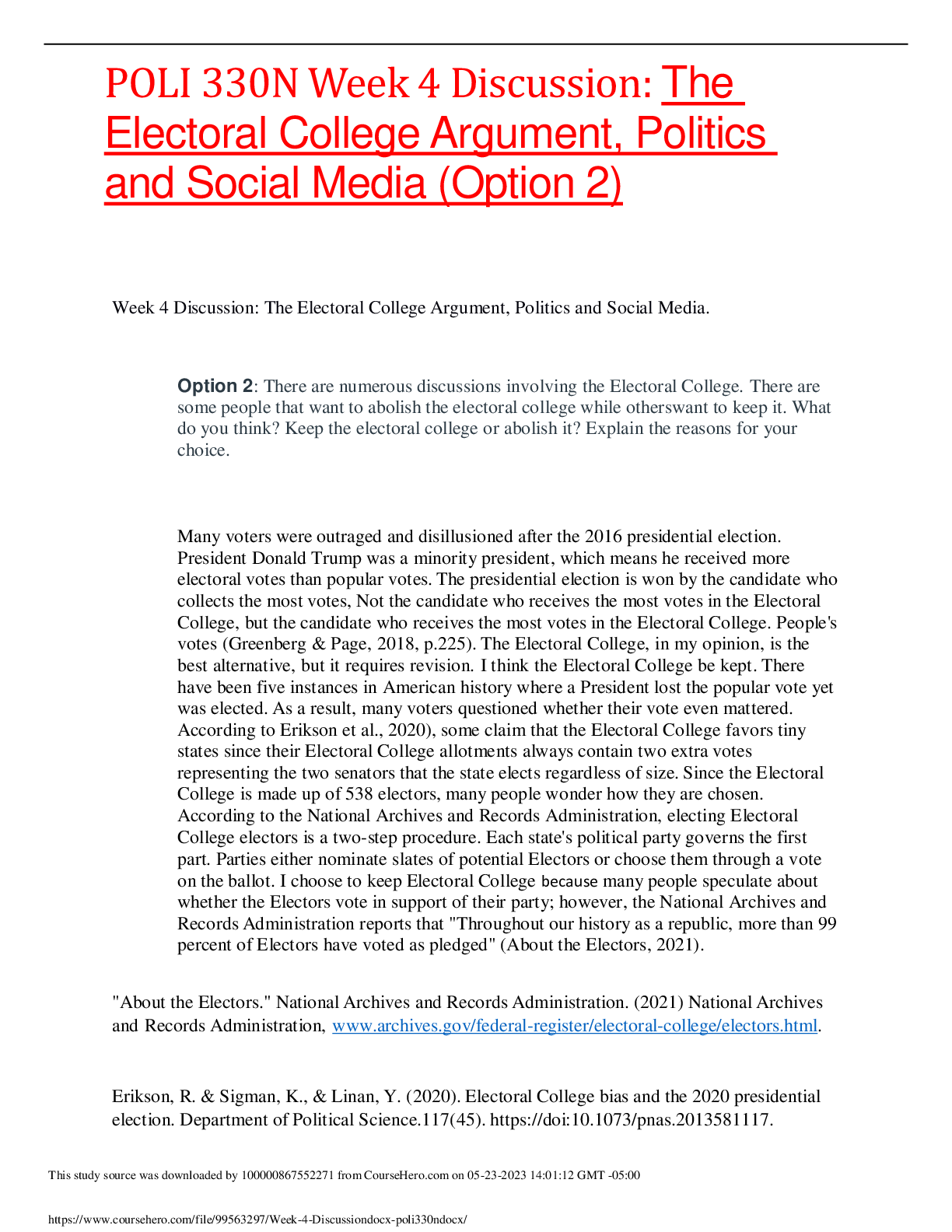
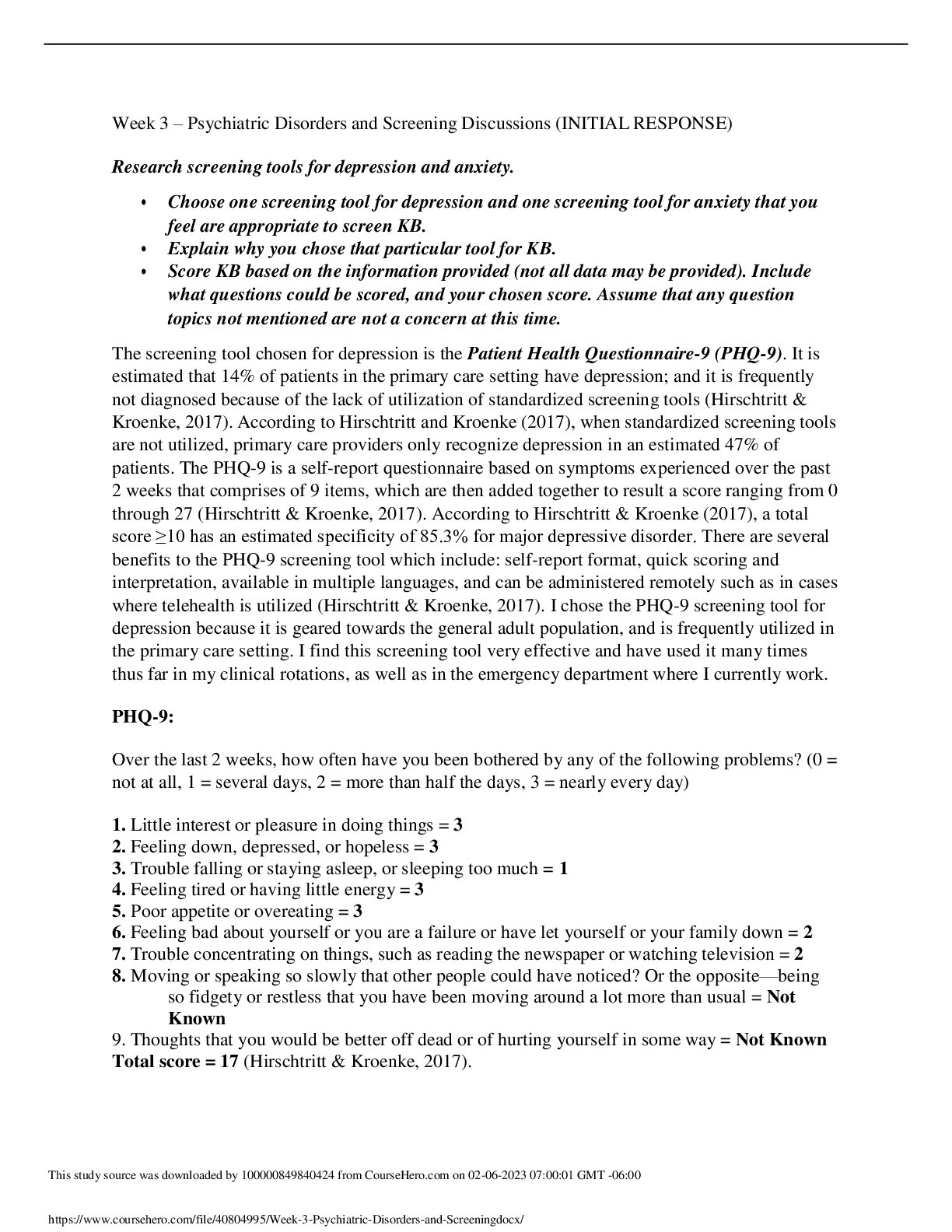
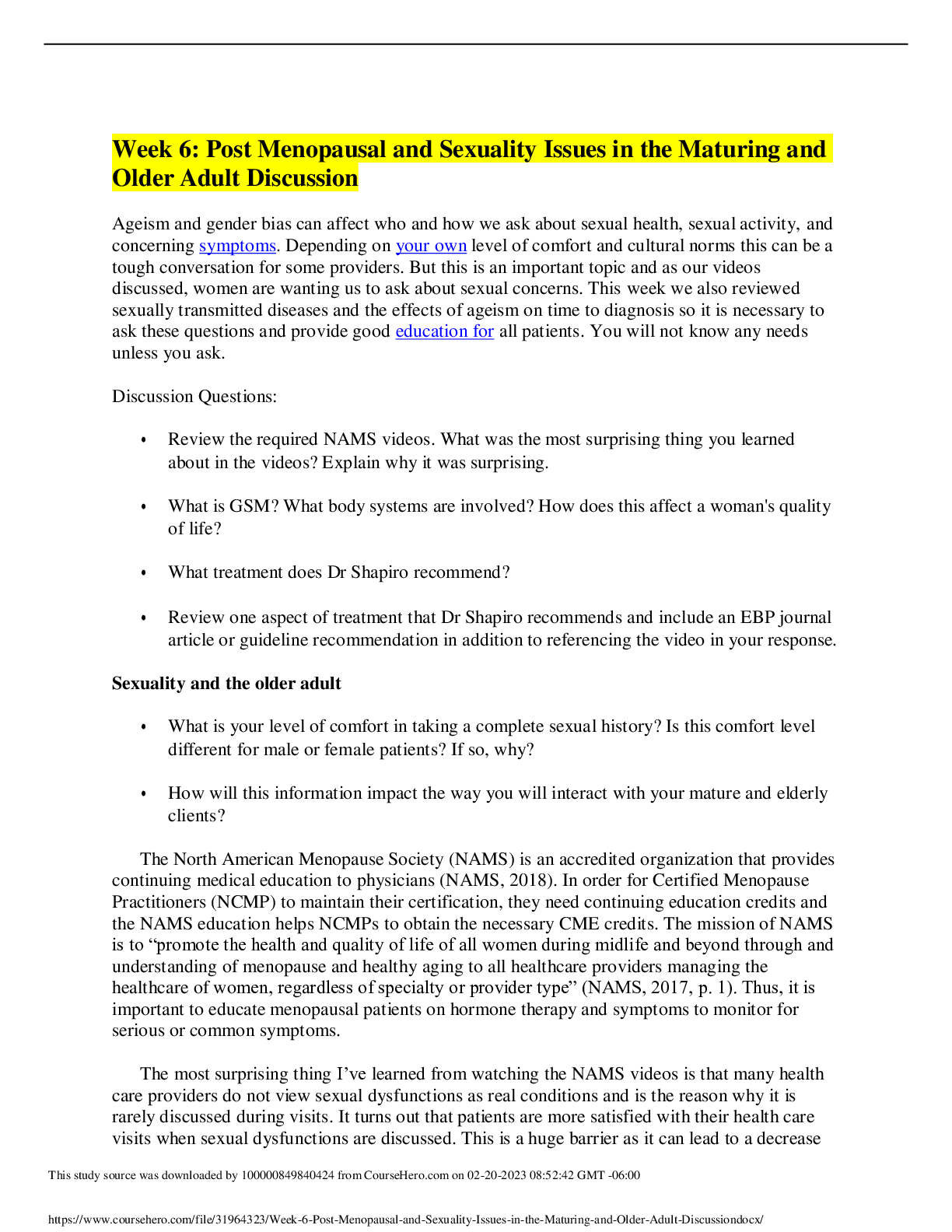
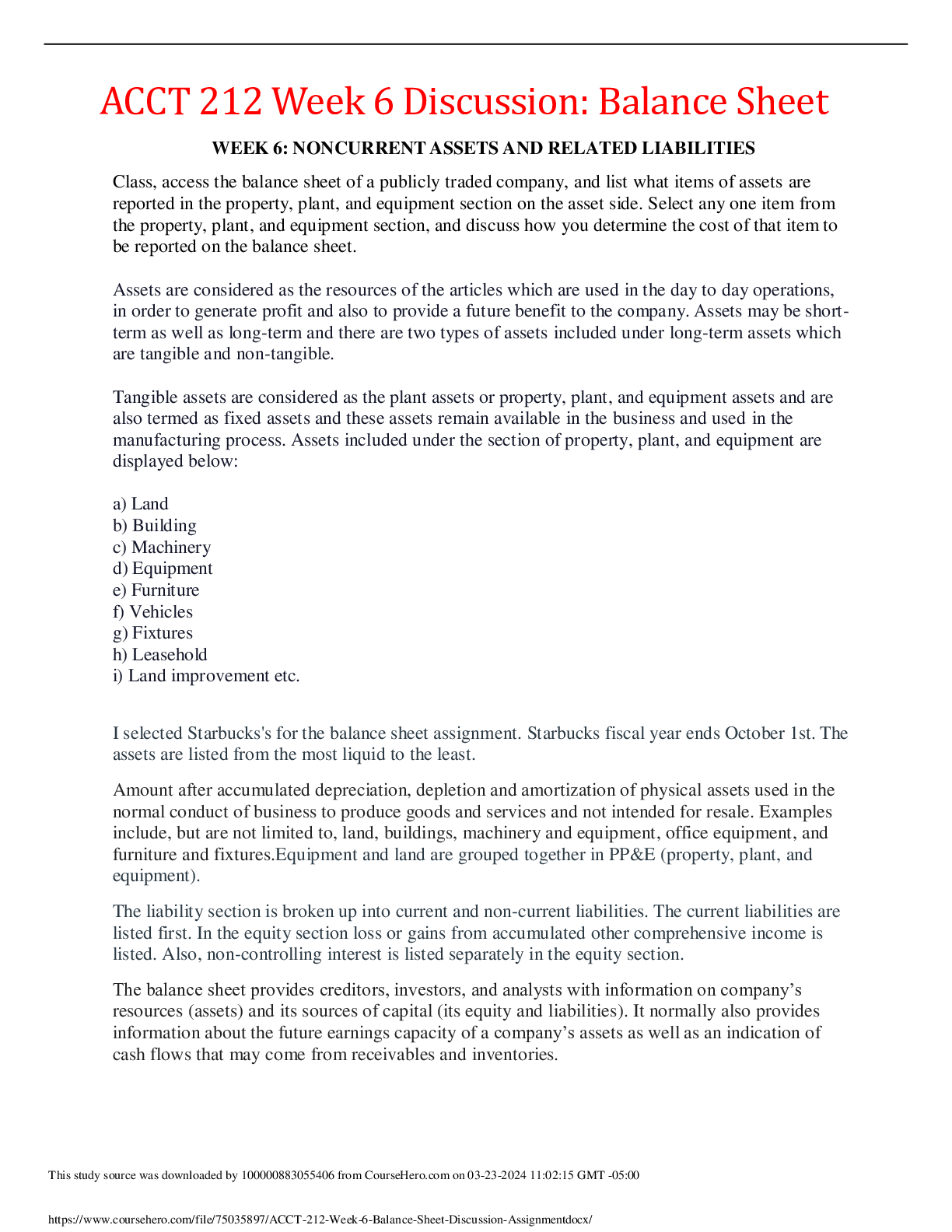
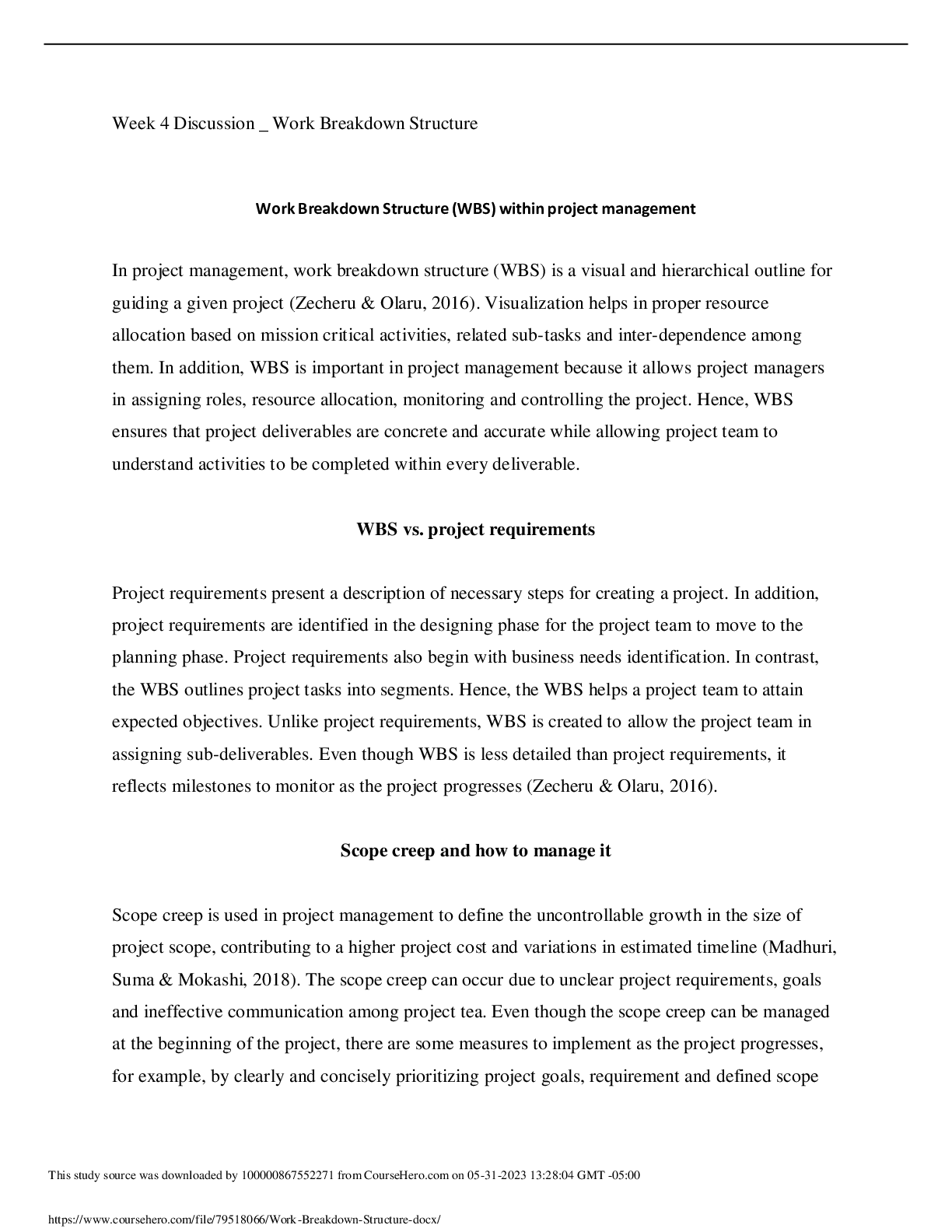

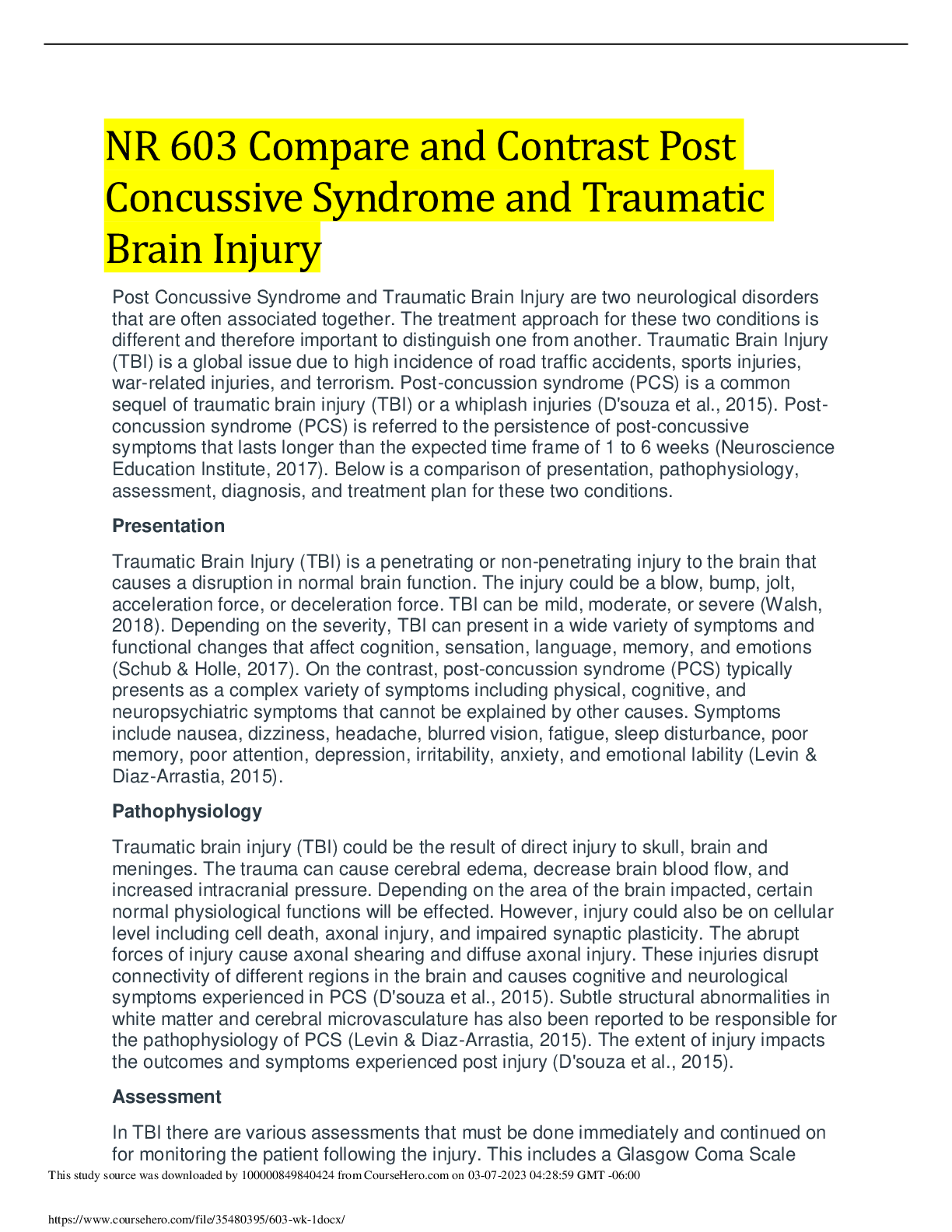

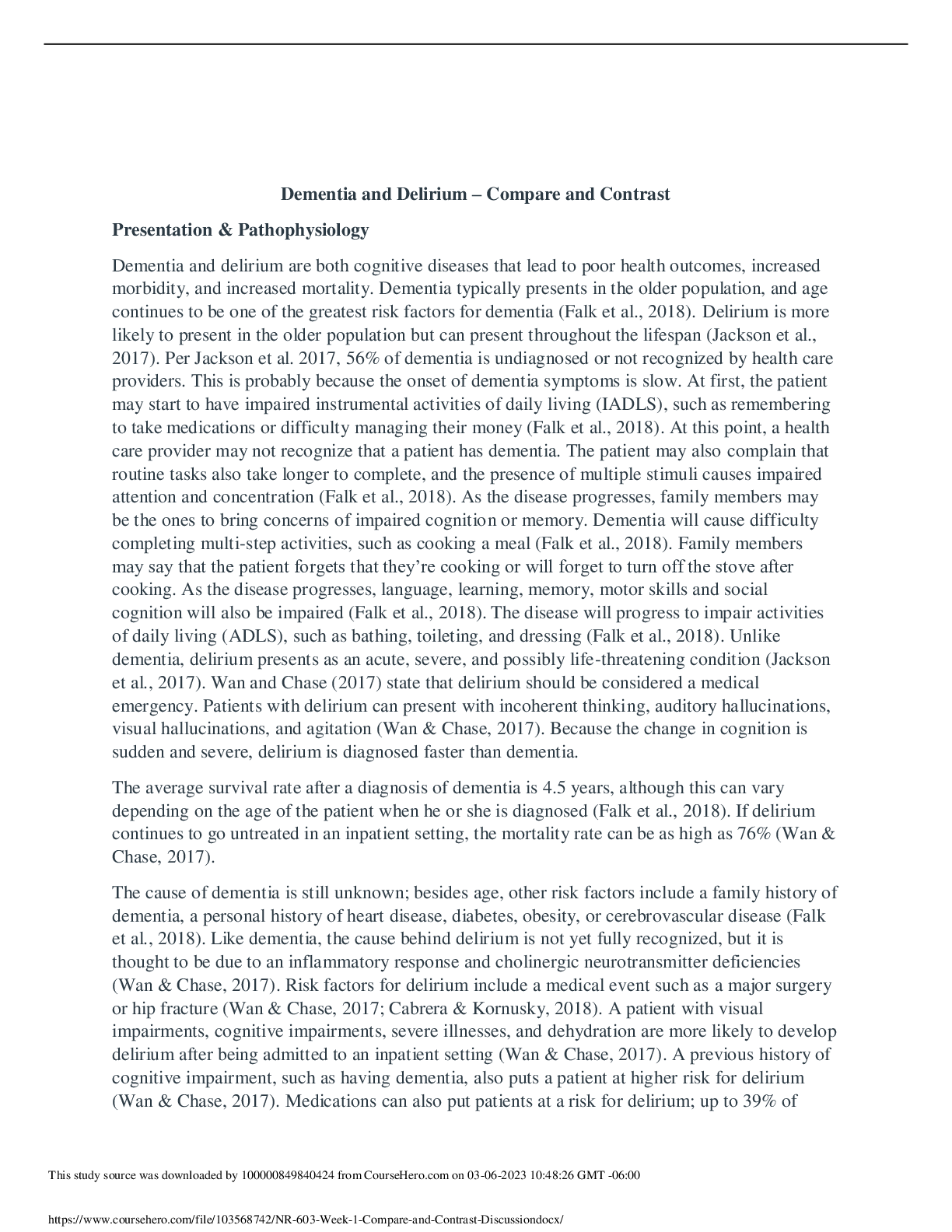


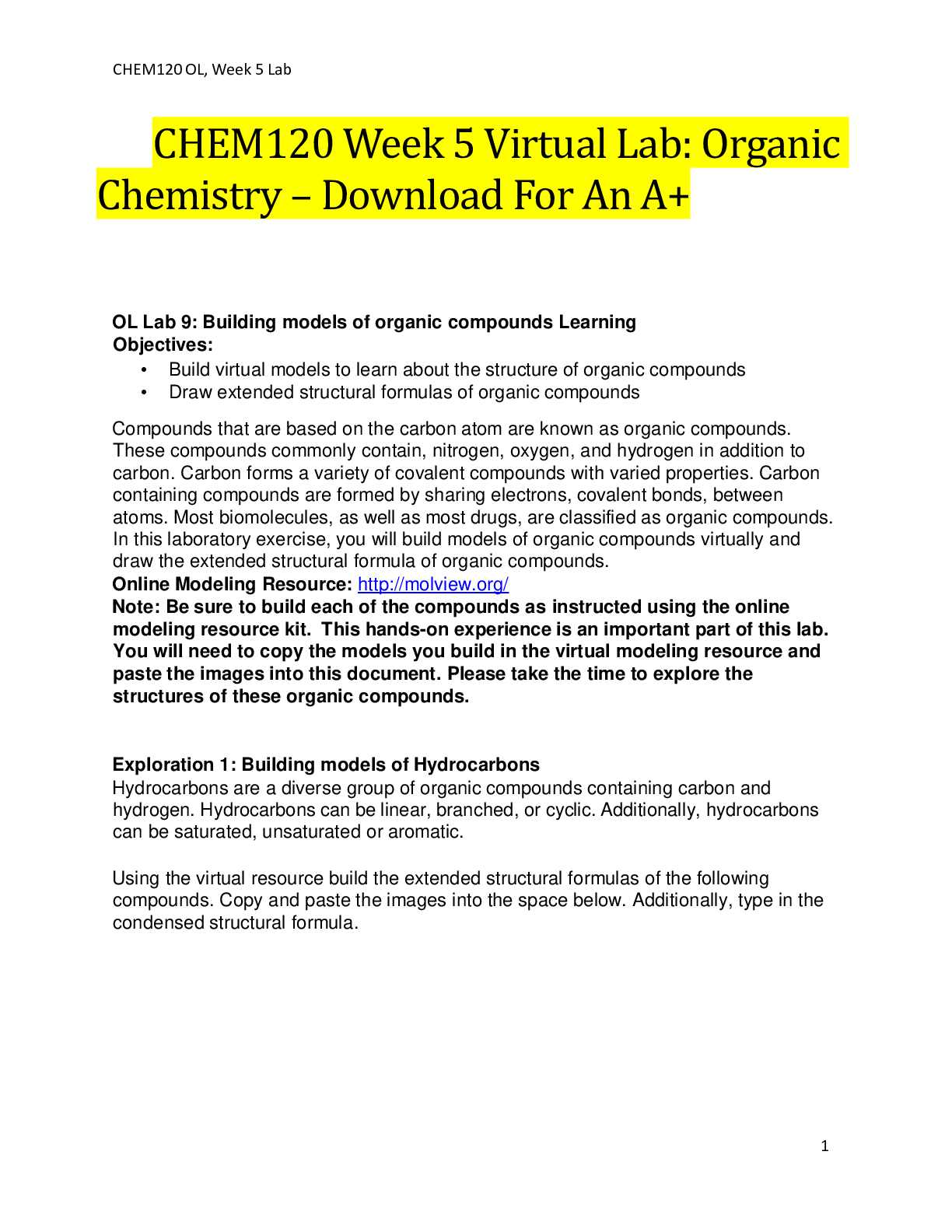
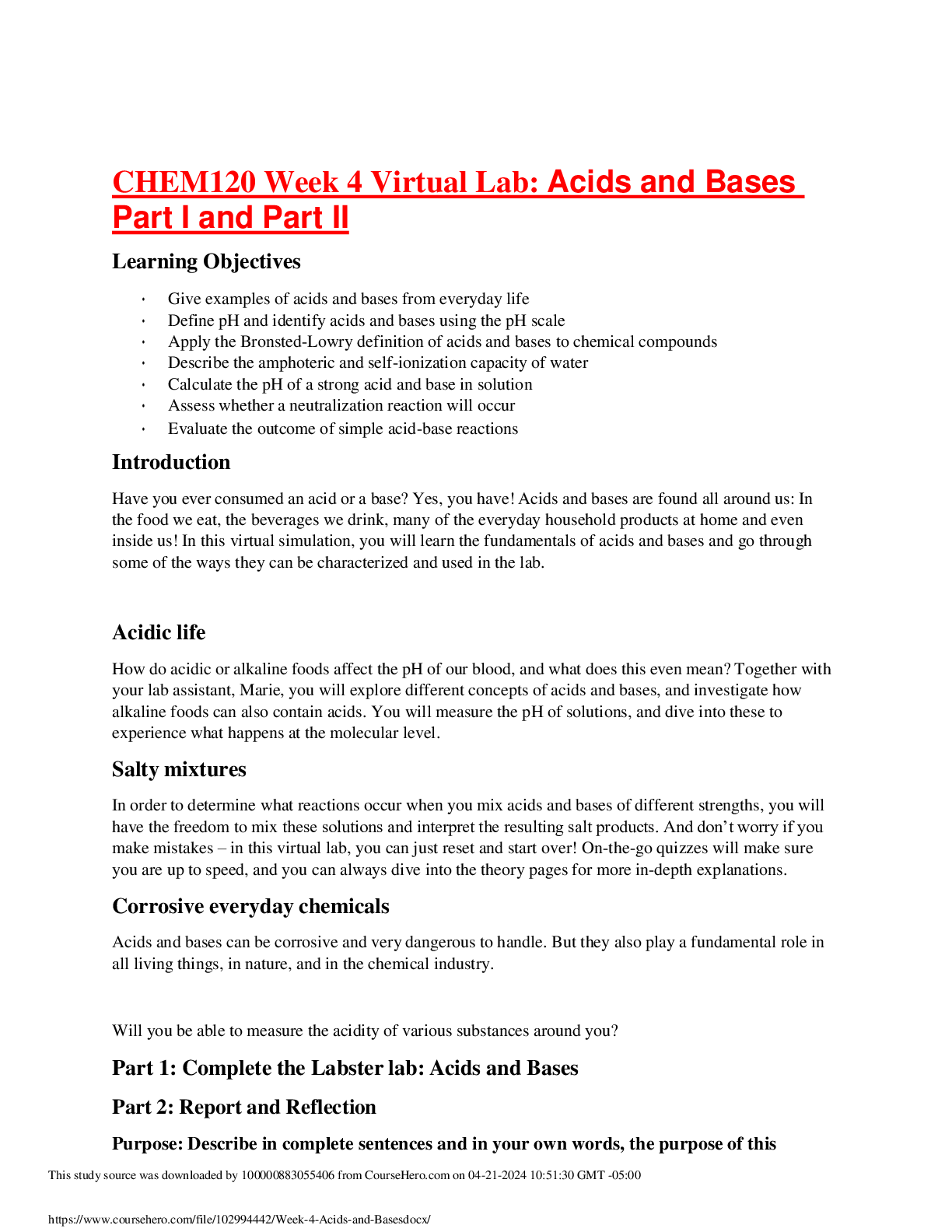
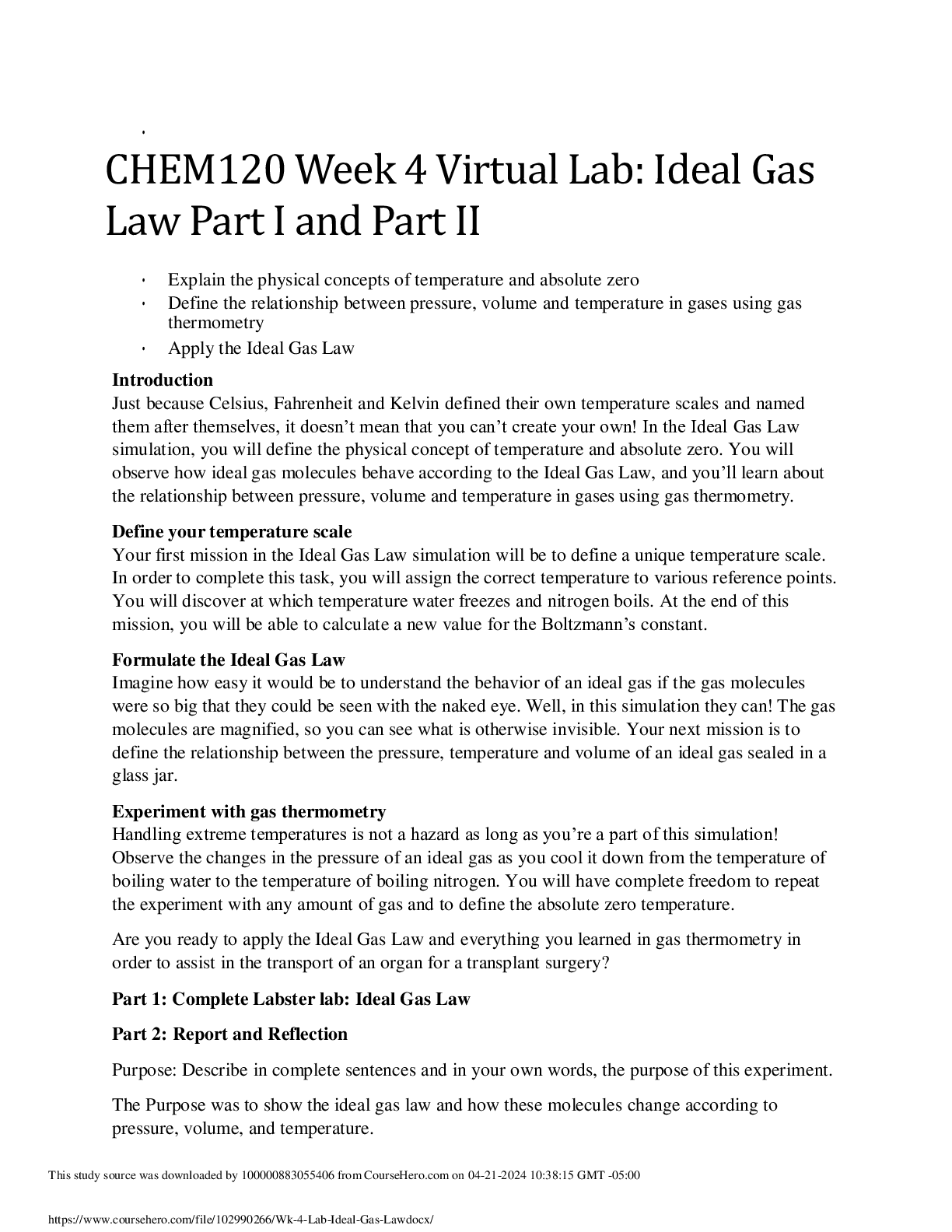
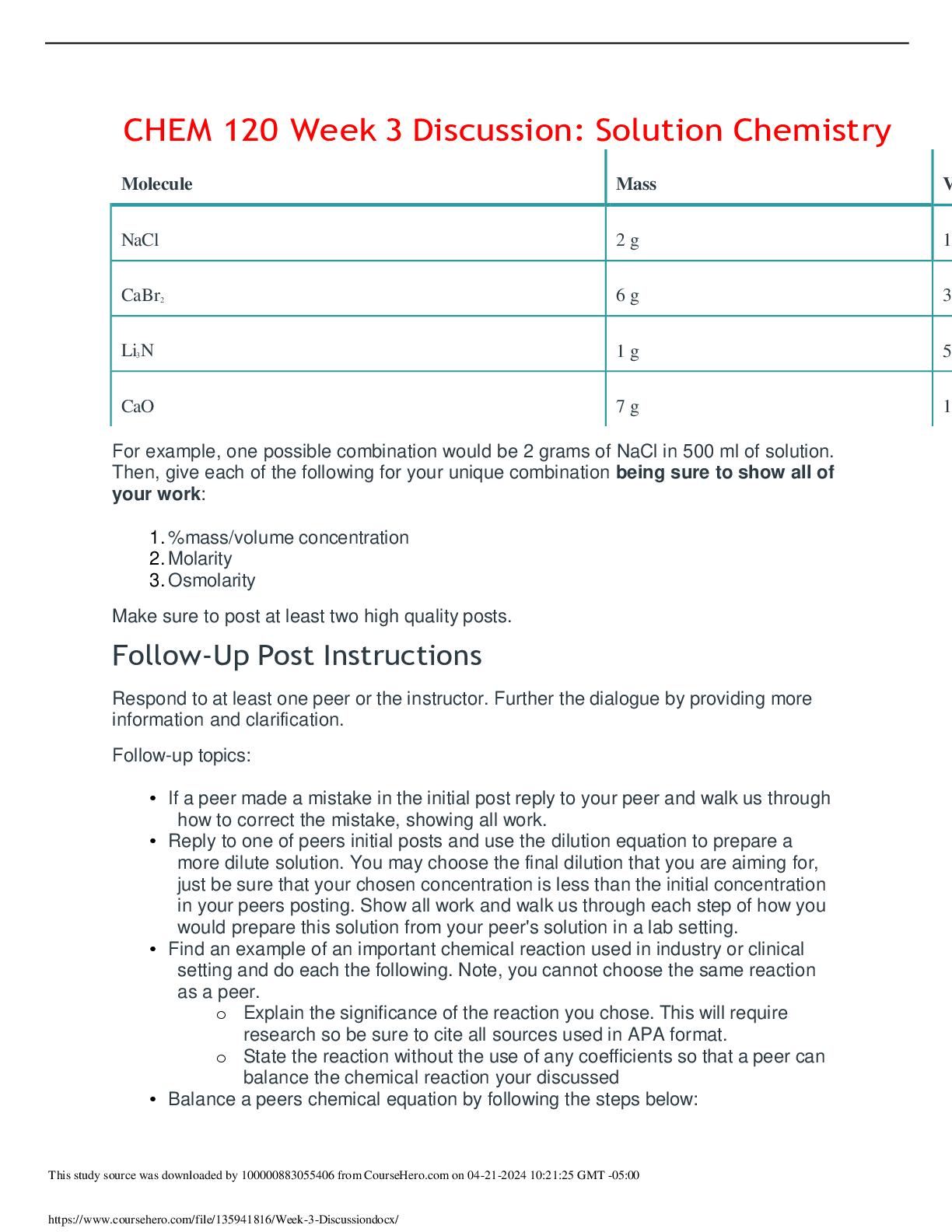
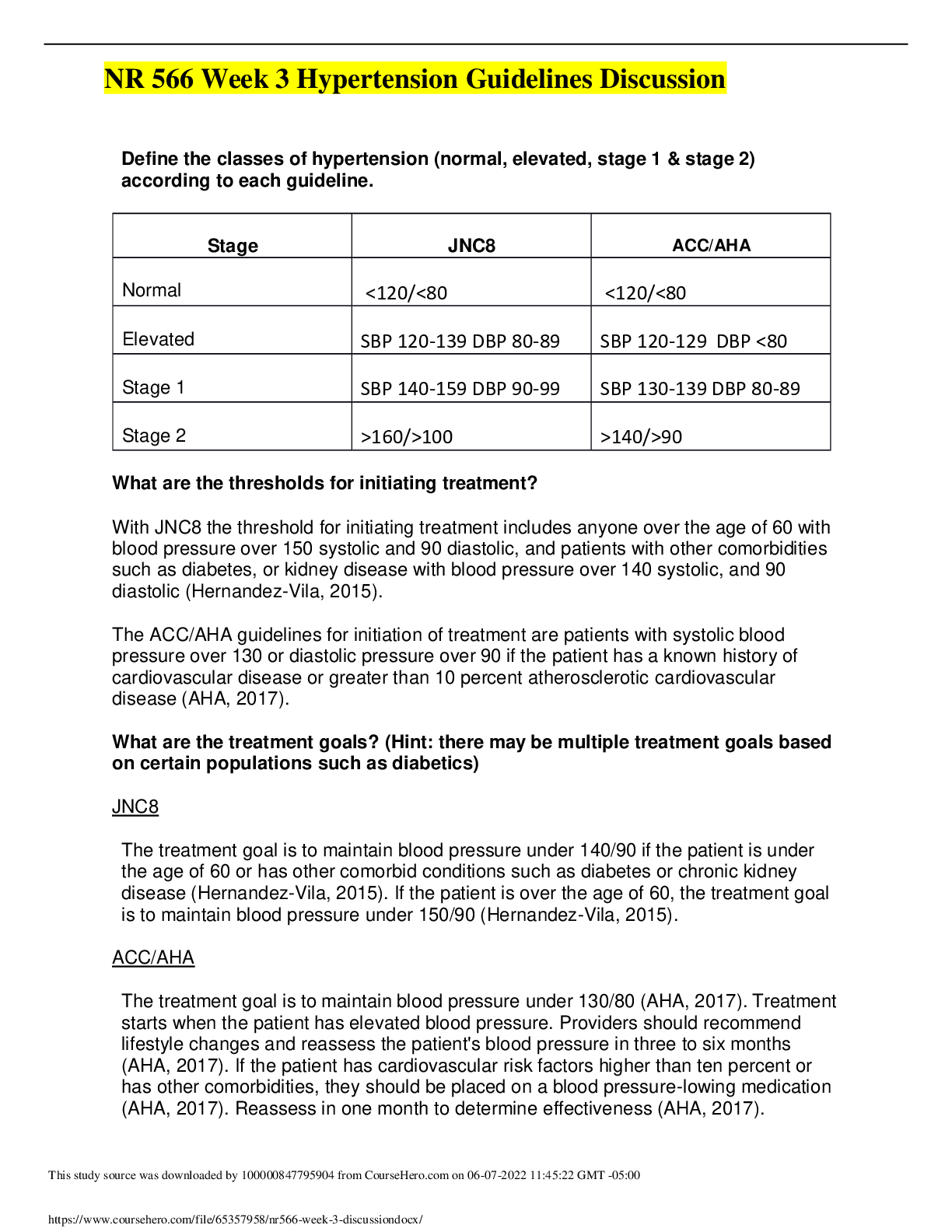
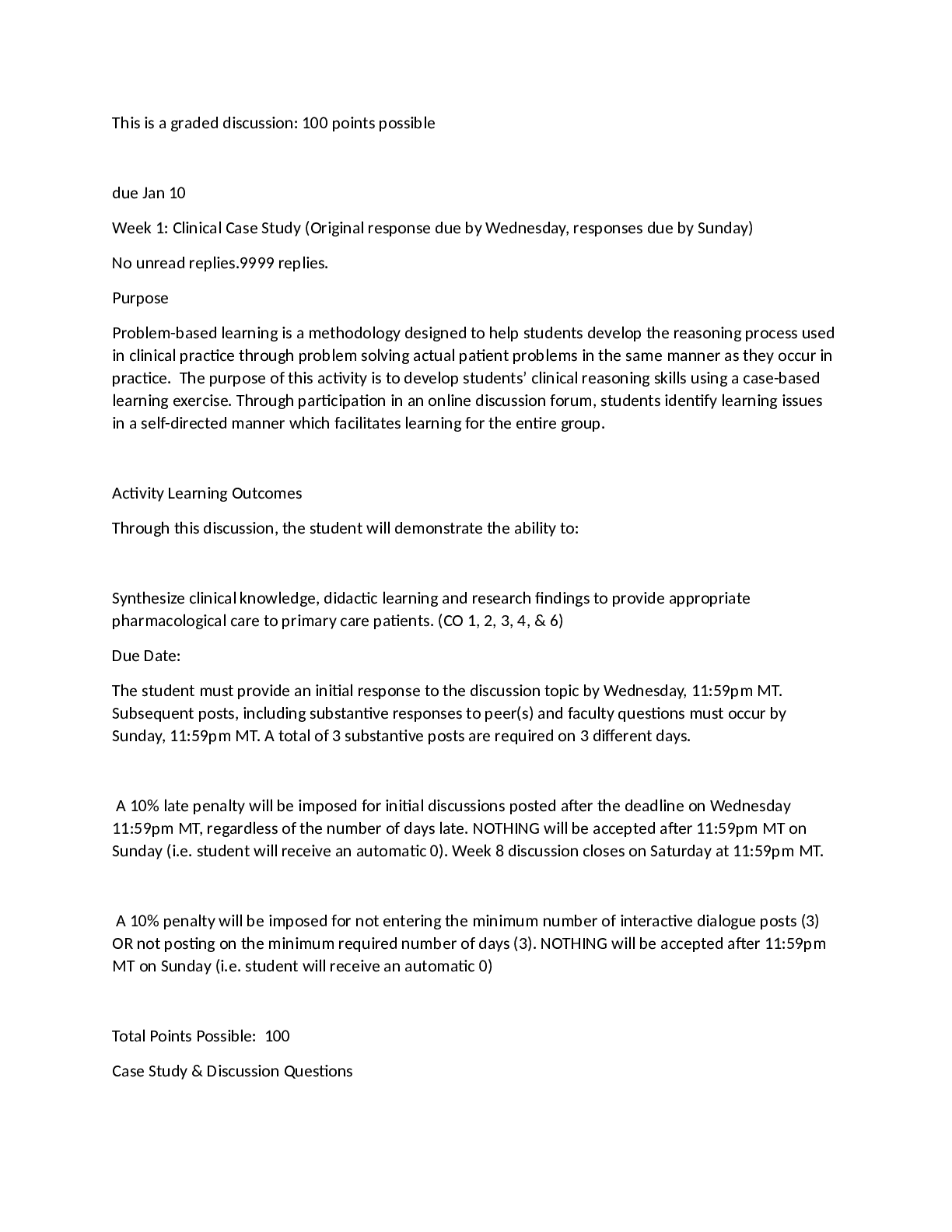
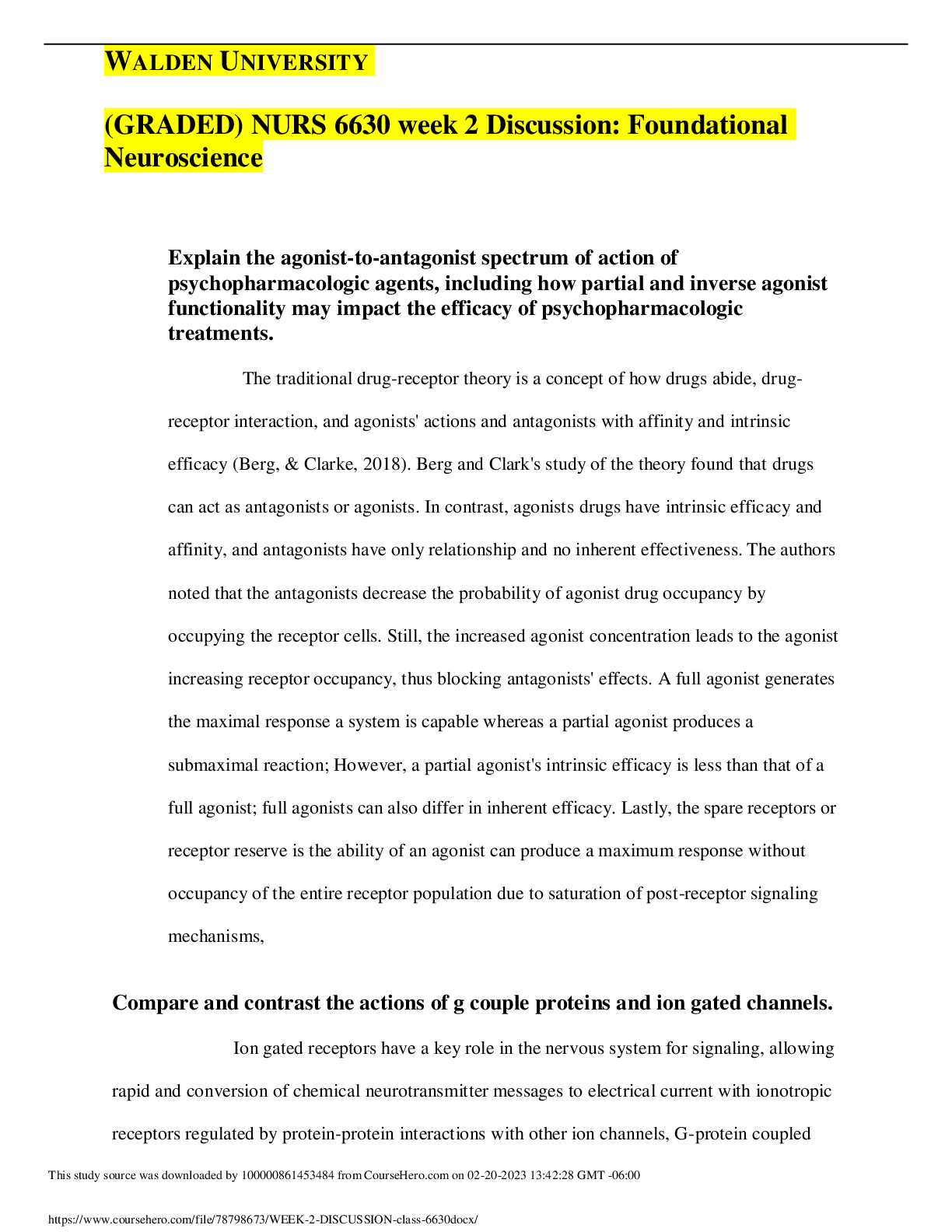
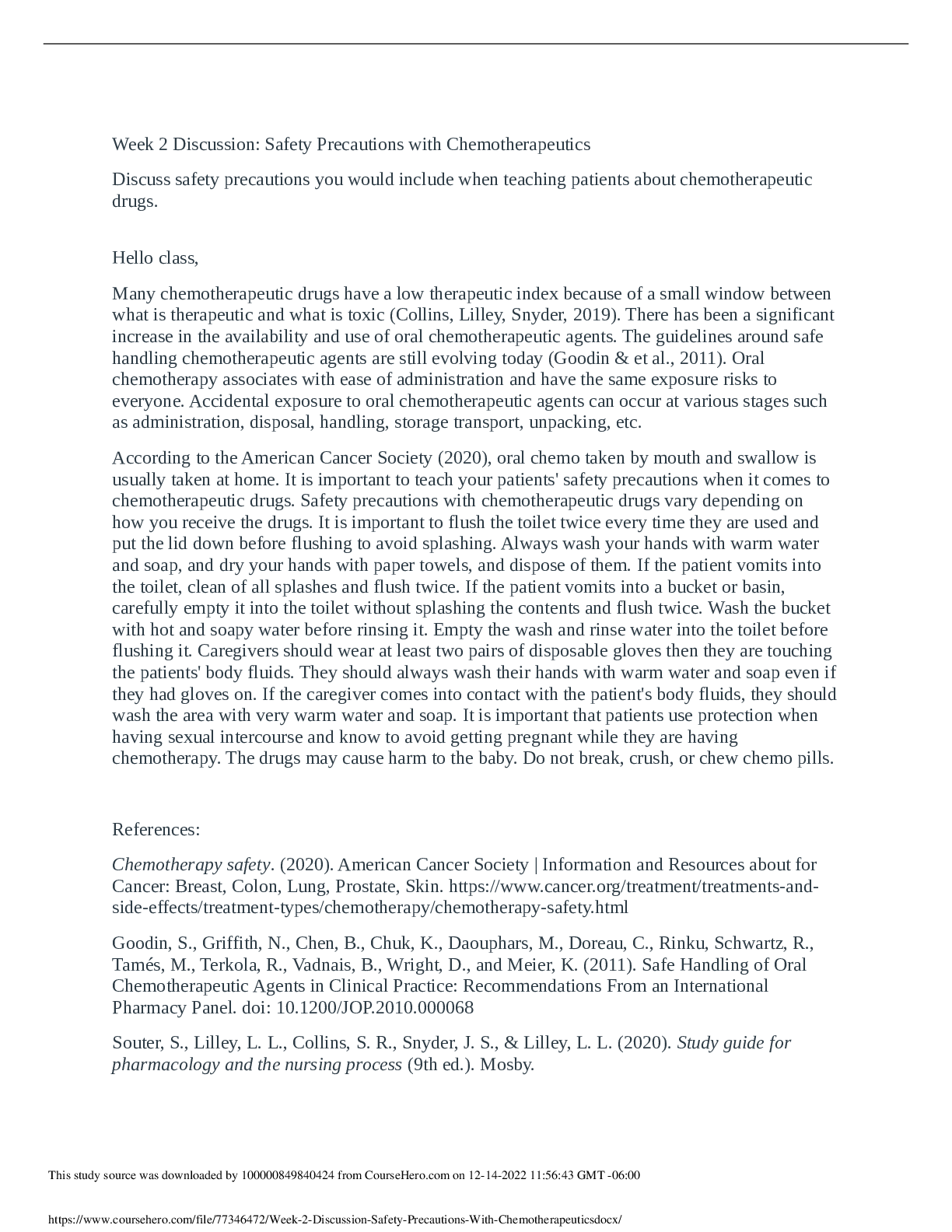
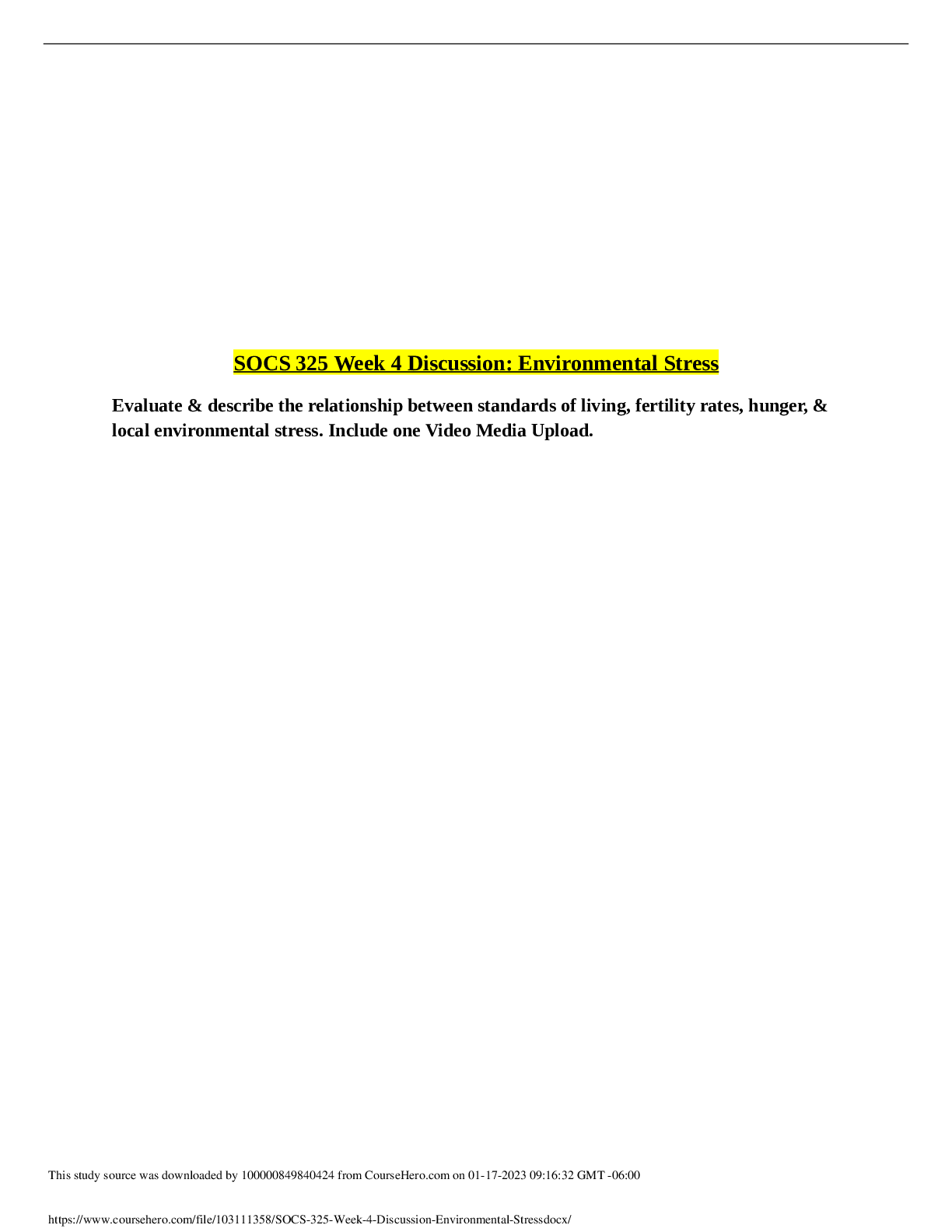


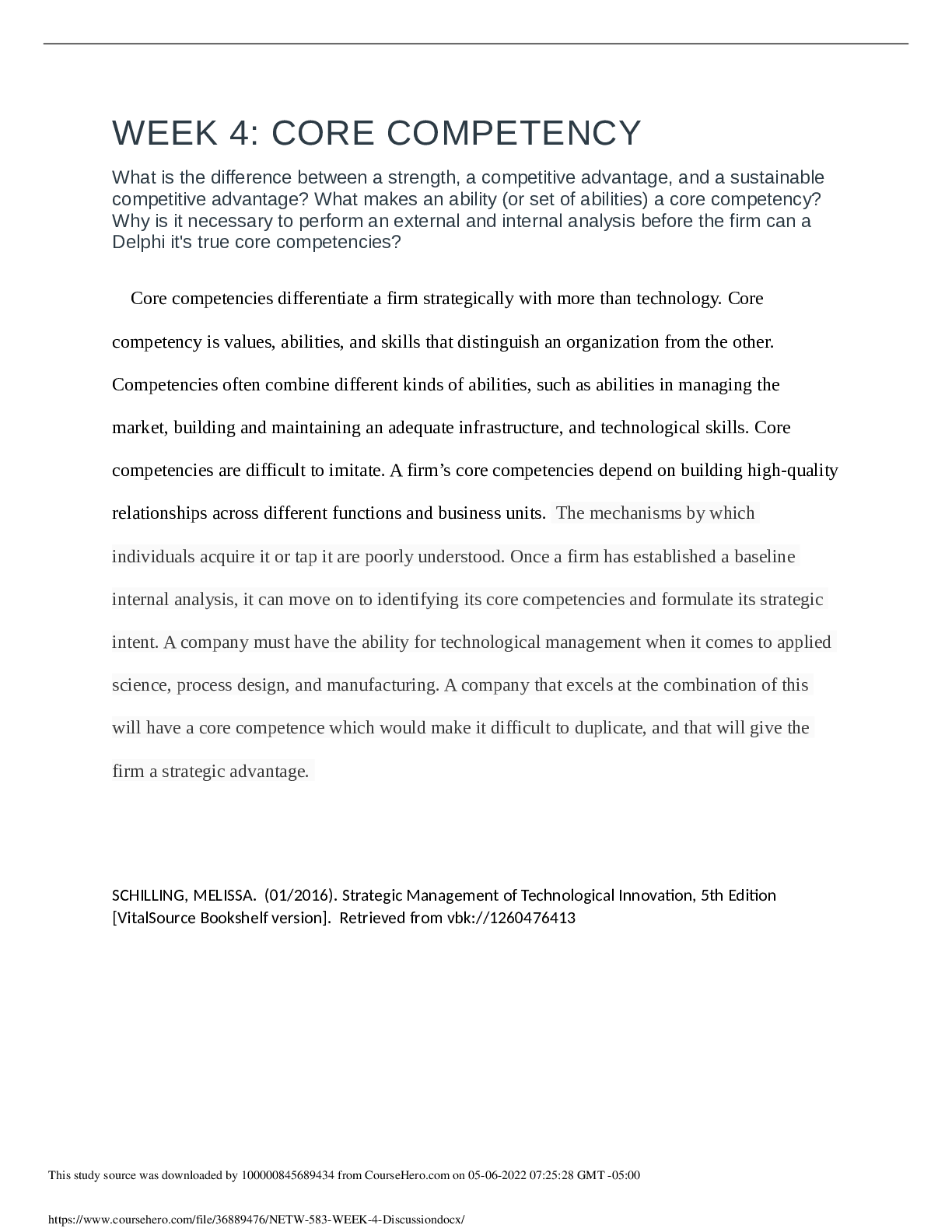
 (1).png)
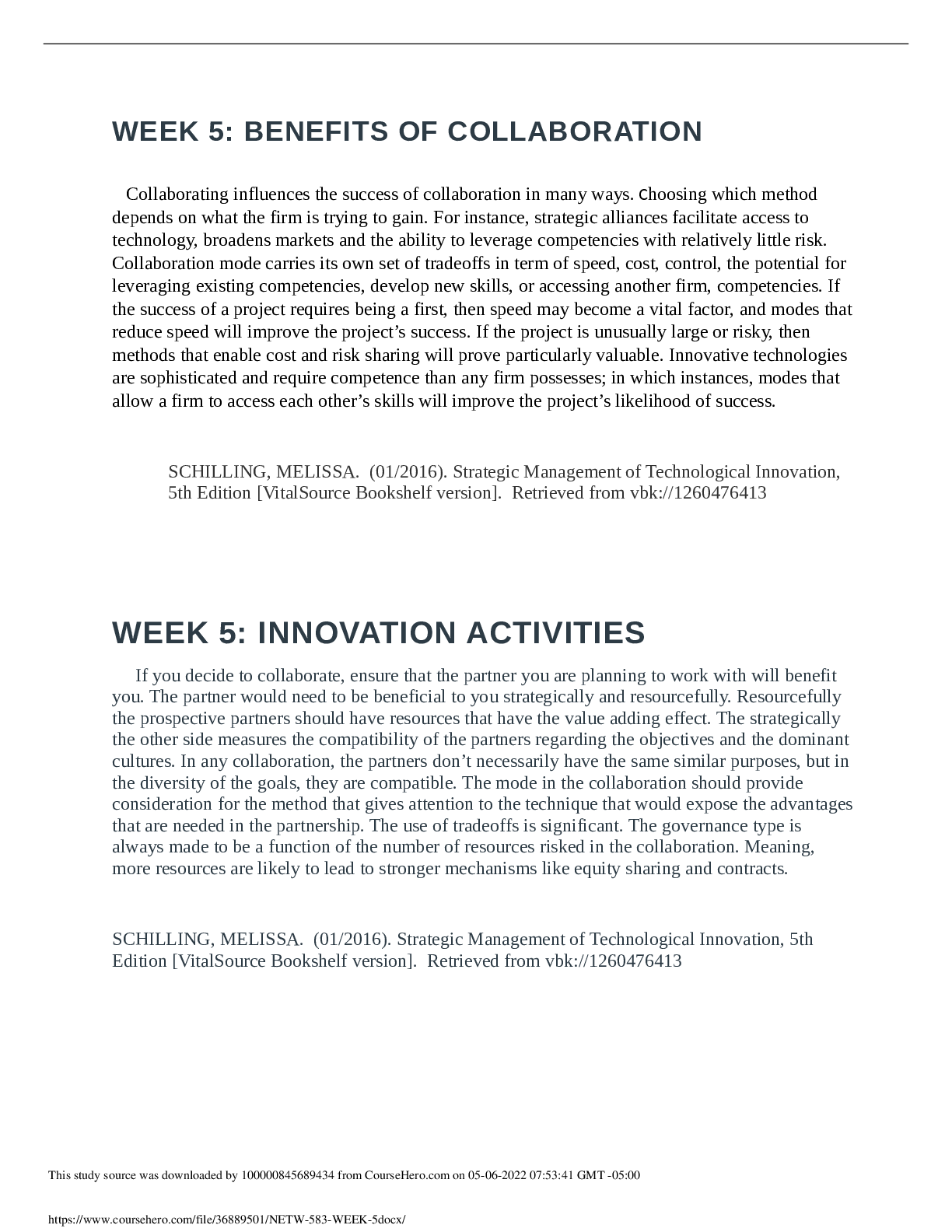
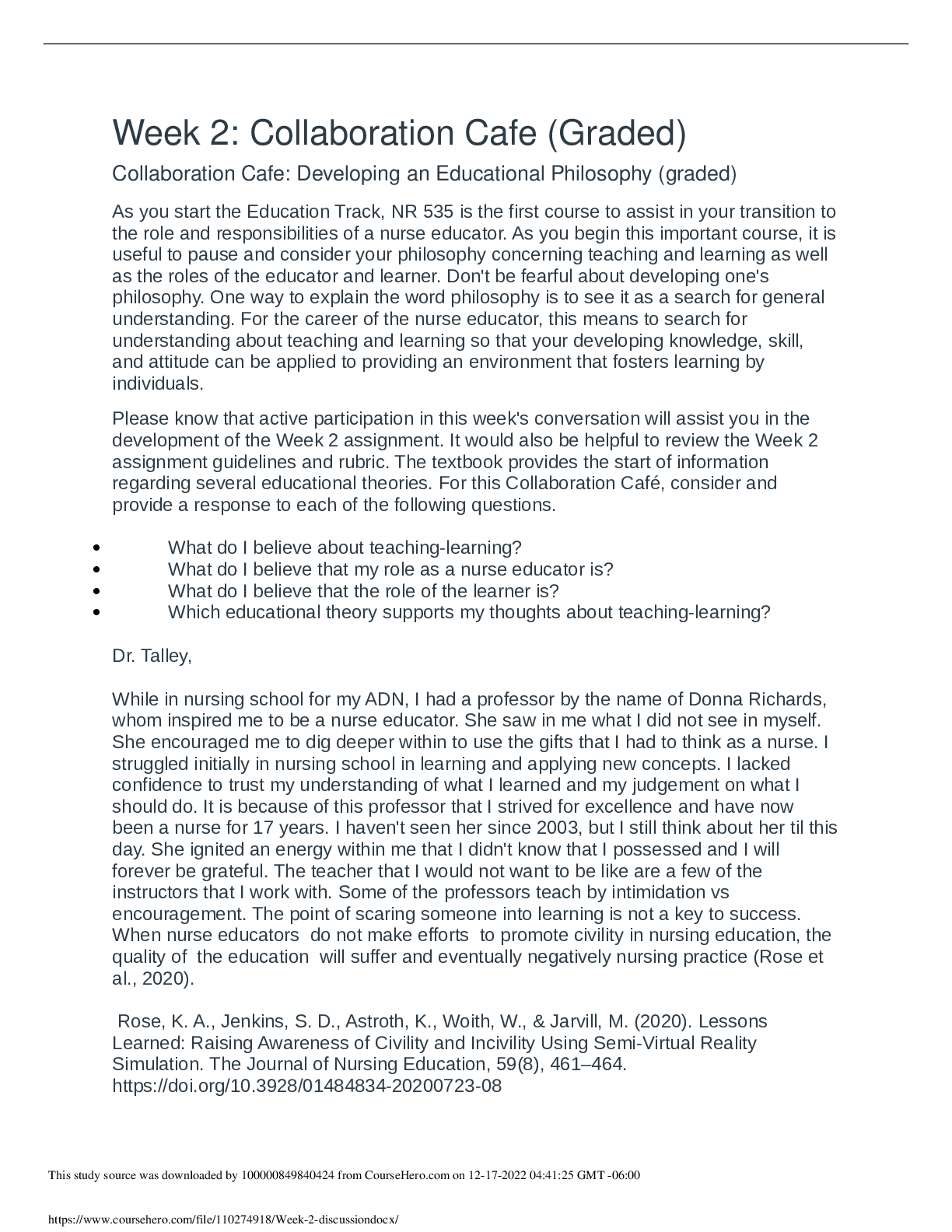

.png)

.png)
.png)

.png)
.png)

